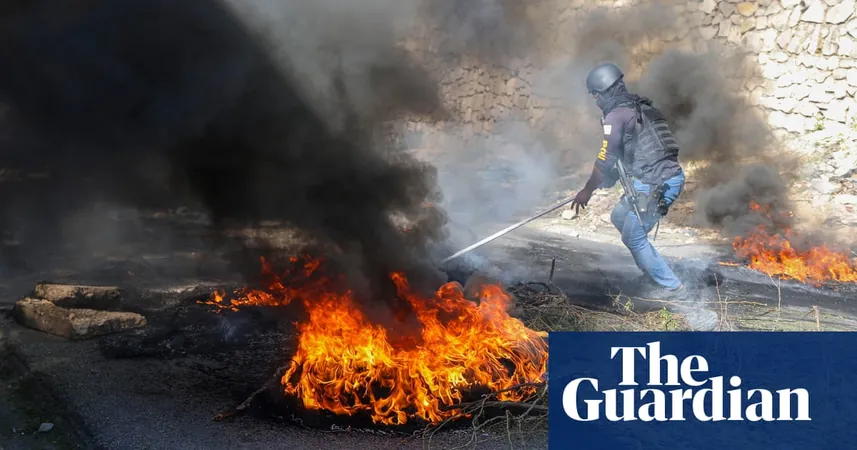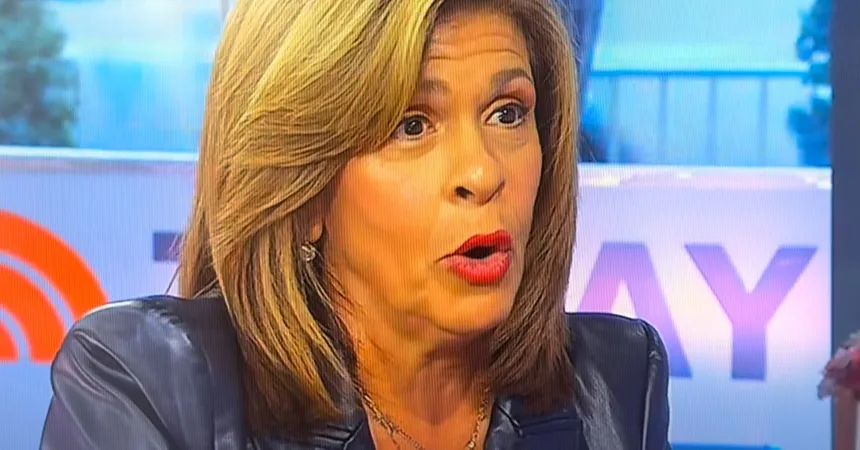
Maple Leafs' Shift to Defensive Play: A New Strategy for Playoff Success
2024-11-21
Author: Jacques
Introduction
The Toronto Maple Leafs are recalibrating their approach to hockey this season, focusing on a more balanced game that prioritizes defensive stability. While this strategy has brought immediate improvements to their backline, it raises an intriguing question: Is sacrificing offensive power the right way to achieve playoff viability?
Analysis by Justin Bourne
Last week, journalist Justin Bourne analyzed the ongoing transformation of the Maple Leafs in his Sportsnet article, emphasizing a potential trade-off between improved defense and a struggling offense. The Leafs have built a reputation for being potent offensively, but their playoff performances have traditionally fallen short of expectations. The inconsistency in scoring during critical games has led to playoff exits year after year.
Defensive Improvements
Statistically, the Maple Leafs have shown notable defensive improvements this season. Acquiring Anthony Stolarz as a goaltender has been a boon for the team, as he noticeably outperformed last season’s netminder Ilya Samsonov, who has faced struggles early on this year. The defensive unit has benefited from new additions, such as Chris Tanev—considered one of the league's premier defensemen. Tanev's right-handed shot complements Jake McCabe's left-handed play, creating a defensive pairing that effectively shuts down opposing offenses.
Shifts in Strategy
One statistically significant fact highlighted by Bourne is that the Leafs have increased their dump-in plays during zone entries to nearly 59%, up from 52% last season. This conservative strategy limits high-risk offensive plays that often led to counterattacks and goals against in previous seasons. By tightening their offensive strategy, they are mitigating turnovers and reducing the likelihood of being caught off-guard by more skilled opponents.
Coaching Philosophy
Sheldon Keefe, former Leafs coach, emphasized that high-speed offensive plays often allowed teams to exploit the Leafs defensively. The new approach aims to build a sound foundation defensively before venturing into offense—an idea reminiscent of successful coaching strategies utilized by coaches like Craig Berube, who steered the St. Louis Blues to their 2019 championship.
Uncertainty Ahead
However, the success of this tactical shift remains uncertain. The Maple Leafs have been shut out twice already this season, indicating that the offensive dynamics are still a work in progress. The question looms large: is this defensive-first mentality undermining their scoring ability? History suggests that random shifts toward defensively minded tactics don’t necessarily yield superior playoff performances.
Challenges with Injuries
To compound the challenge, the absence of star player Auston Matthews due to injury raises concerns about the team’s offensive capabilities when under pressure. If the Leafs cannot find a way to consistently generate offense within their new defensive scheme, they risk repeating past failures in the postseason—the specter of their inability to score more than two goals in a playoff game for 14 consecutive games looms large.
Need for Depth
Changes are necessary, not just in approach but also in player depth. The current roster’s reliance on a few stars, without the requisite depth scoring, has manifestly hindered the team's playoff viability, a challenge general manager Brad Treliving will need to address as the season progresses.
Conclusion
In conclusion, the Maple Leafs are forging a new path that prioritizes defensive integrity—and while this may bring stability, the team must learn to adapt their offensive play within this framework. If successful, they could become a formidable force come spring, but achieving this balance is pivotal. As the season unfolds, fans eagerly anticipate whether the revamped strategy will finally yield the playoff success that has eluded them for so long.









 Brasil (PT)
Brasil (PT)
 Canada (EN)
Canada (EN)
 Chile (ES)
Chile (ES)
 España (ES)
España (ES)
 France (FR)
France (FR)
 Hong Kong (EN)
Hong Kong (EN)
 Italia (IT)
Italia (IT)
 日本 (JA)
日本 (JA)
 Magyarország (HU)
Magyarország (HU)
 Norge (NO)
Norge (NO)
 Polska (PL)
Polska (PL)
 Schweiz (DE)
Schweiz (DE)
 Singapore (EN)
Singapore (EN)
 Sverige (SV)
Sverige (SV)
 Suomi (FI)
Suomi (FI)
 Türkiye (TR)
Türkiye (TR)